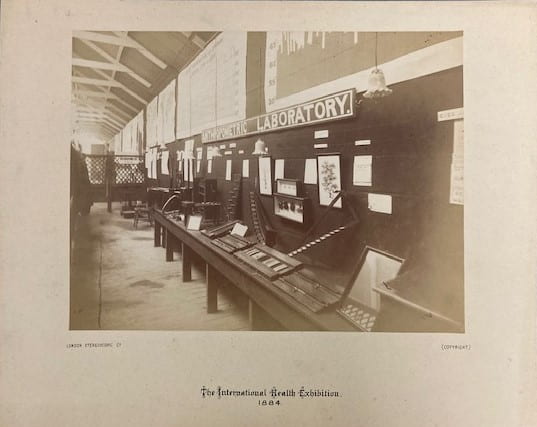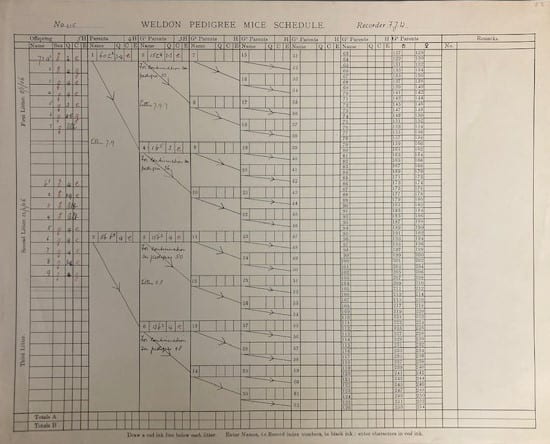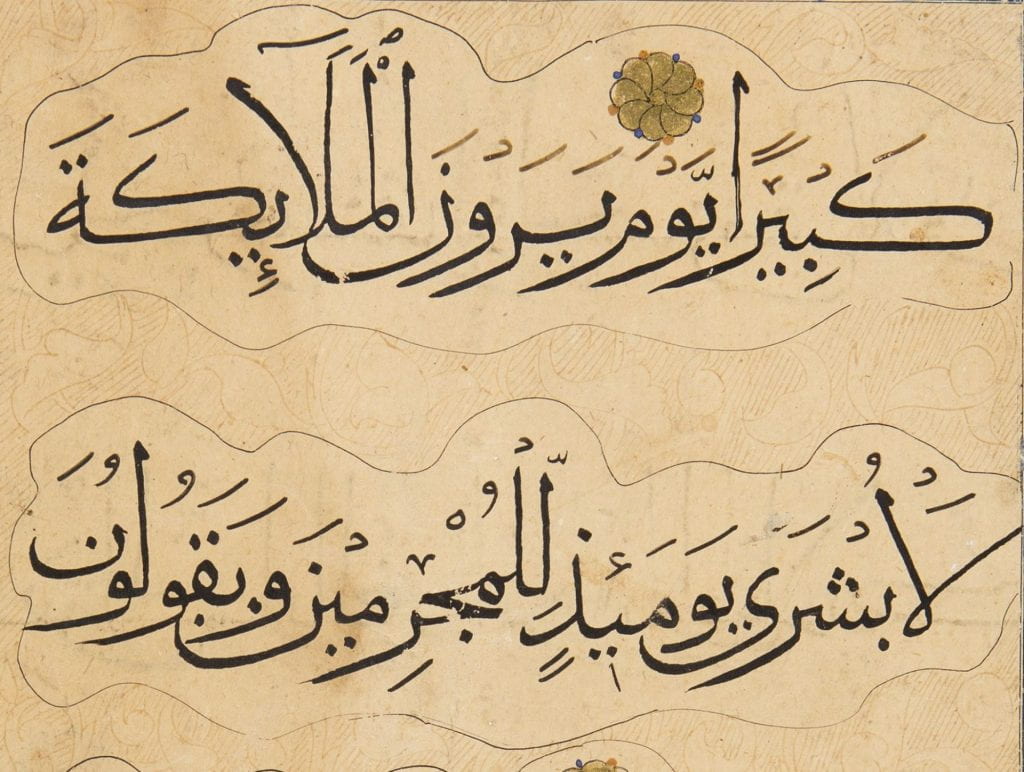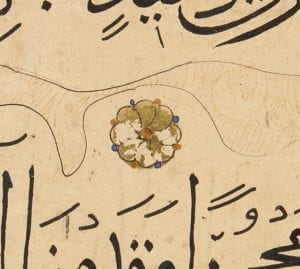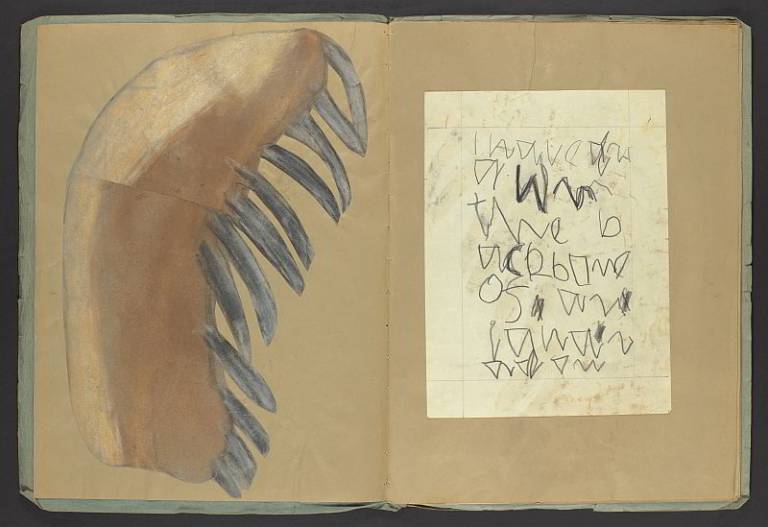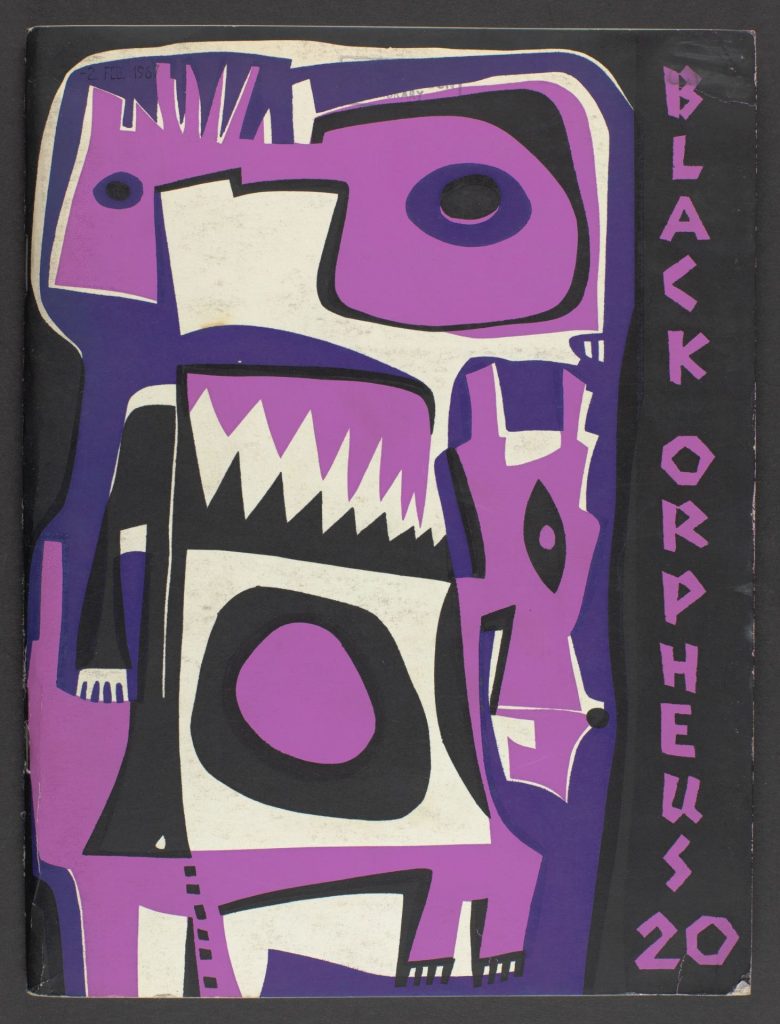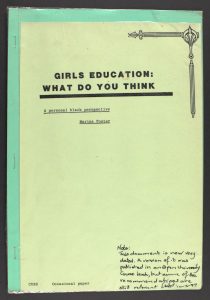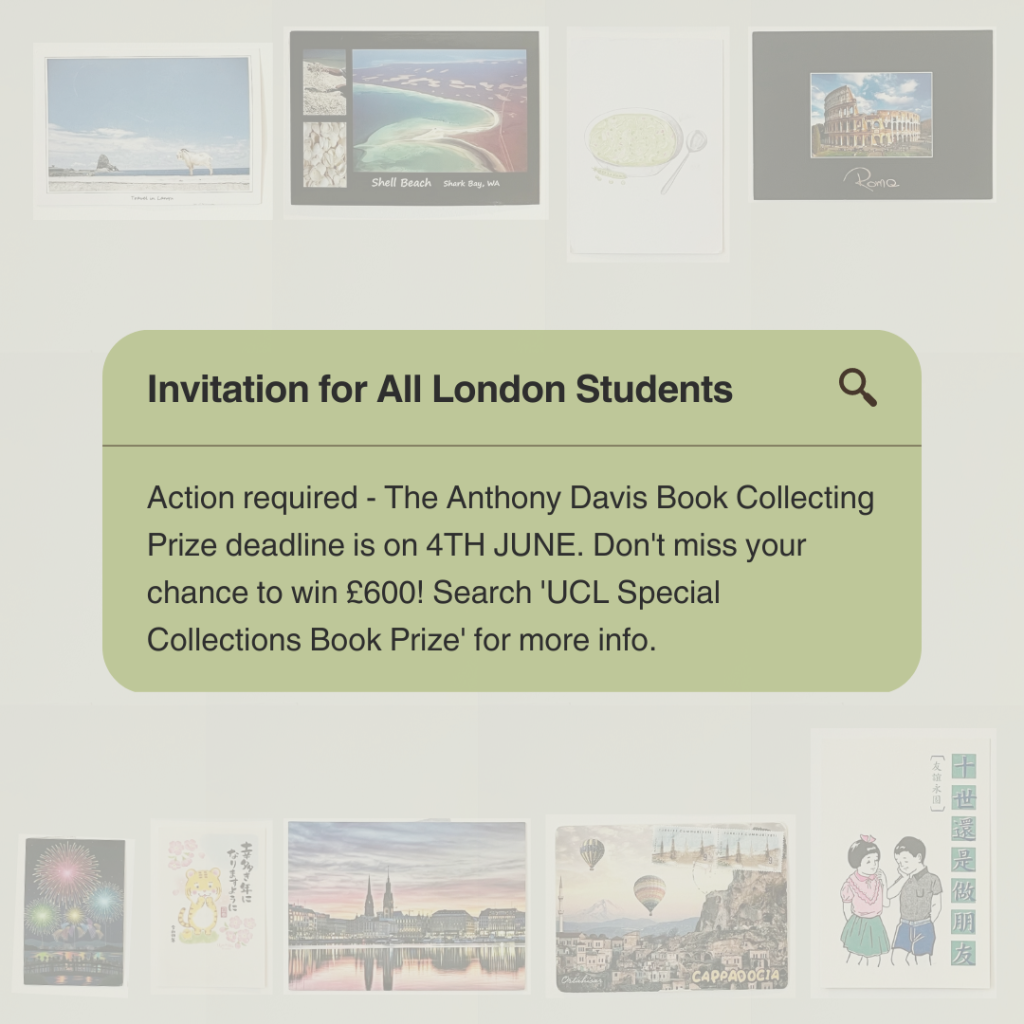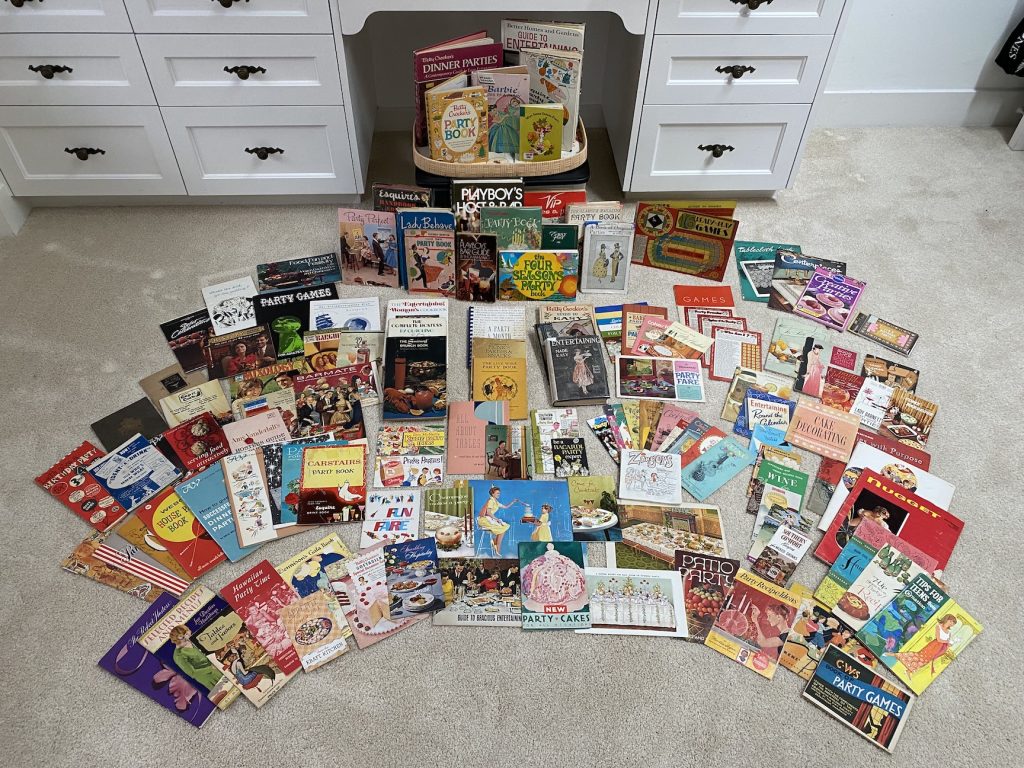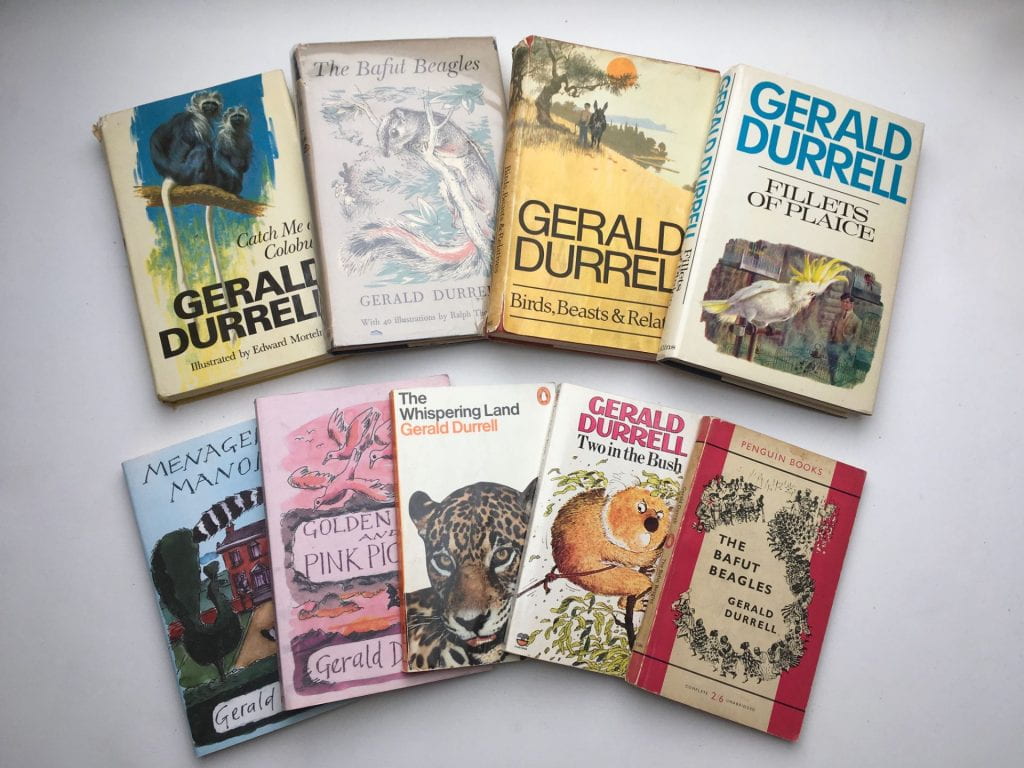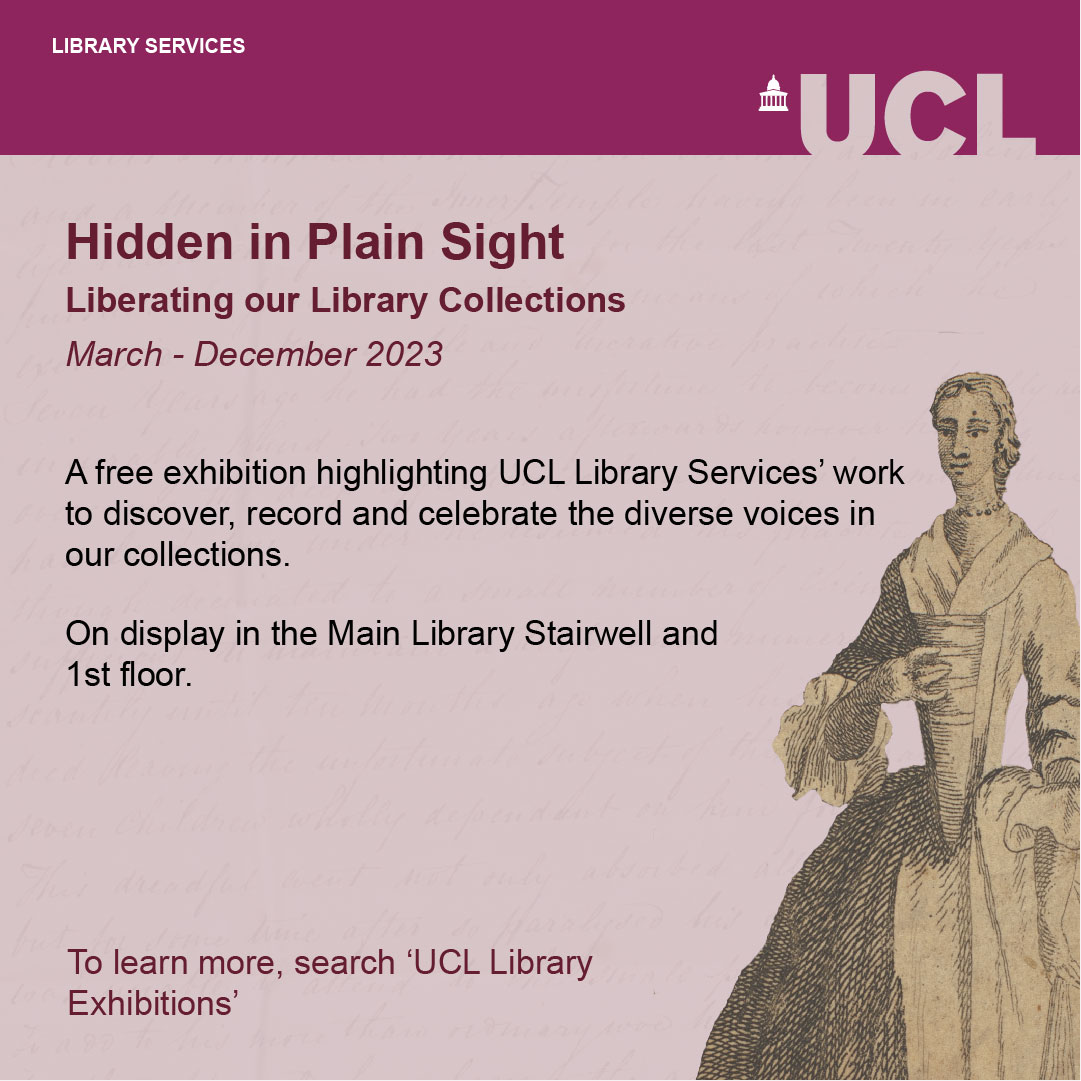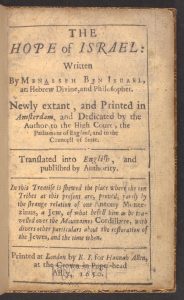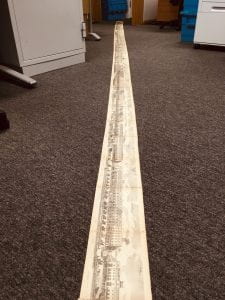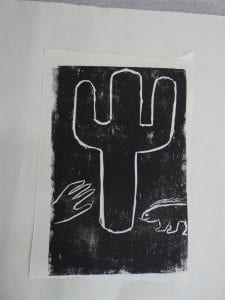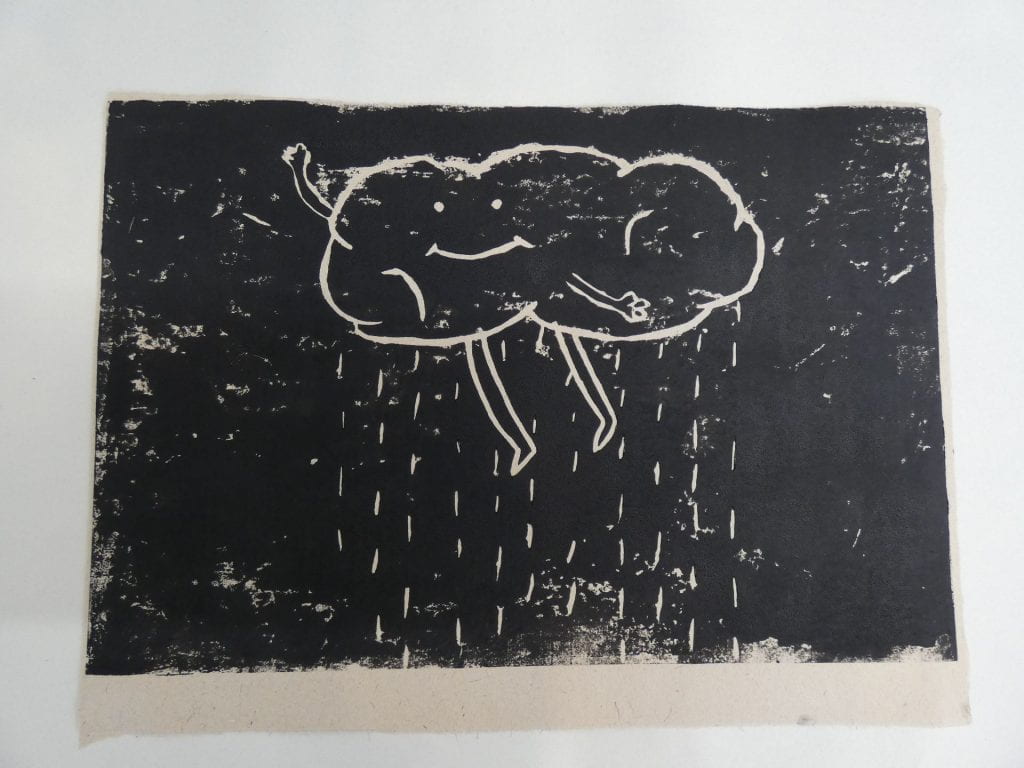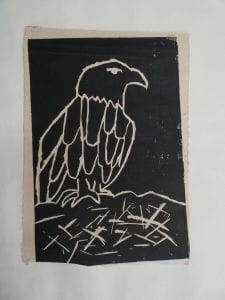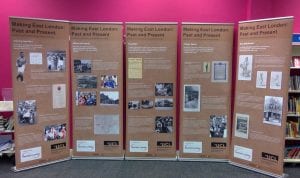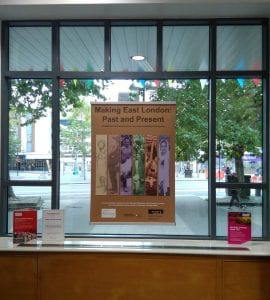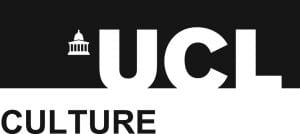A look at two books from UCL’s James Joyce Book Collection
By Sarah S Pipkin, on 5 April 2024
Post by Daniel Dickins.
The James Joyce Book Collection is a collection of rare books and archival materials in UCL Special Collections. Originally established as part of the James Joyce Centre in 1973 with the help of the Trustees of the Joyce Estate, Faber & Faber, and the Society of Authors, it is the only significant research collection on James Joyce in the UK. Containing around 1400 items, the collection includes multiple editions of all Joyce’s major works (including first editions and translations), alongside criticism and contextual literature. In addition, the collection includes material relating to Joyce’s patron, Harriet Shaw Weaver, and to his daughter, Lucia Joyce.
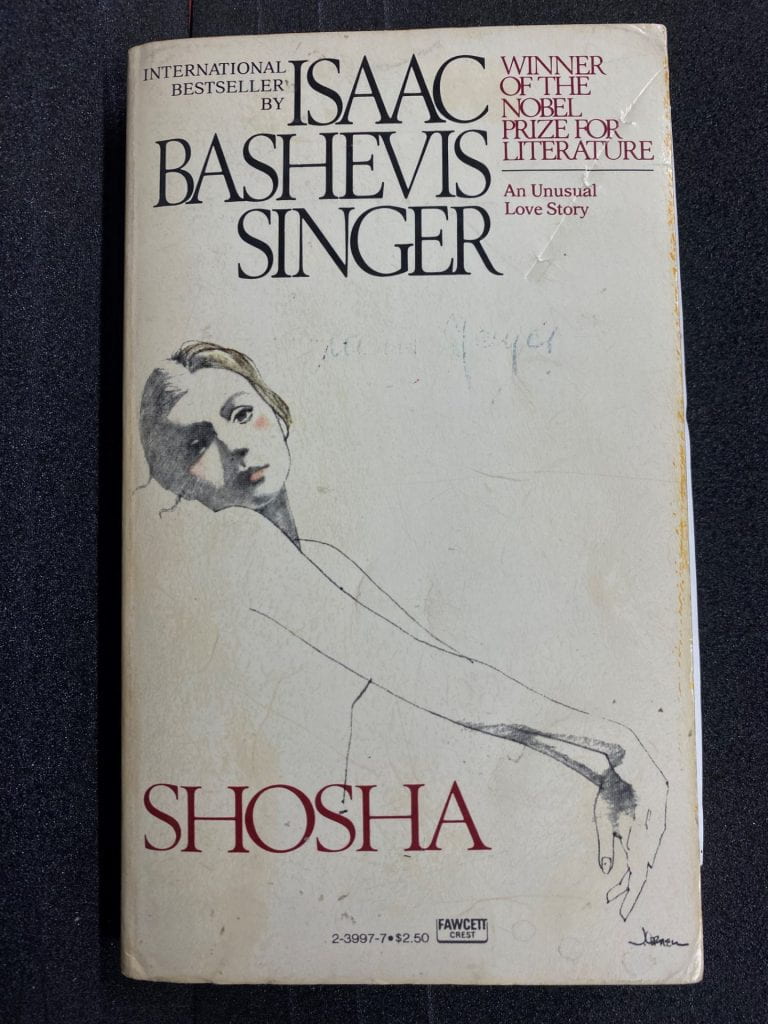
Title page of Shosha by Isaac Bashevis Singer (1978)
One item in the collection is a copy of Shosha by Isaac Bashevis Singer. We have a good indication that this book was owned by Lucia Joyce: ‘Miss Joyce’ is written in pen on the front cover and in pencil on the inside cover, and there is another pencilled writing that states, ‘Lucia Joyce Bequest’. There is also a note inside the book confirming that it arrived with ‘the Lucia Joyce papers from St Andrew’s Hospital’, which is the last hospital in which Lucia was institutionalised. This book was printed in 1978, so Lucia would have been at least 71 years old when she purchased this book. This book is useful for research into the later years of Lucia Joyce’s life, but there are many other reasons why the book is worth preserving. It won the Nobel Prize for literature so was considered significant at the time; it can be placed alongside items in UCL’s Hebrew and Jewish collection for research into 20th century Jewish writing; or it can be considered as an example of a 1970s paperback, or as a book owned by someone in a hospital.

Title page of Irish Short Stories by Seamus O’Kelly (1960s – exact publication date is unknown)
Another item in the Joyce collection is Irish Short Stories by Seamus O’Kelly. O’Kelly was a contemporary of James Joyce; there is no publication date for this book, but the stories were originally written before O’Kelly’s death in 1918. This item therefore contributes to a collection that expands beyond Joyce to look at Irish literature of the early 20th century. This book was also donated by Jane Lidderdale so it may have been owned by Lucia Joyce, but there are no annotations confirming this so further investigation is needed to determine more details of its provenance. There are, however, two pencil drawings near the back of the book. One is of a plant, and the other is a landscape scene labelled ‘Knocknarea’, in Ireland. If Lucia owned this book, she could be the source of these drawings – as well as being a professional dancer, she was also an artist who produced cover art for at least one James Joyce book.

Last page of Irish Short Stories, with a pencilled drawing of Knocknarea
With the Joyce collection, we can learn about James Joyce himself, but we can also research his daughter, his contemporaries, and 20th century literature more broadly, allowing us to paint a fuller picture of the worlds surrounding him. The Joyce collection is fully catalogued and is open to the public. To learn more, see our online guide and to browse the collection’s contents, search for JOYCE on Explore.
 Close
Close







